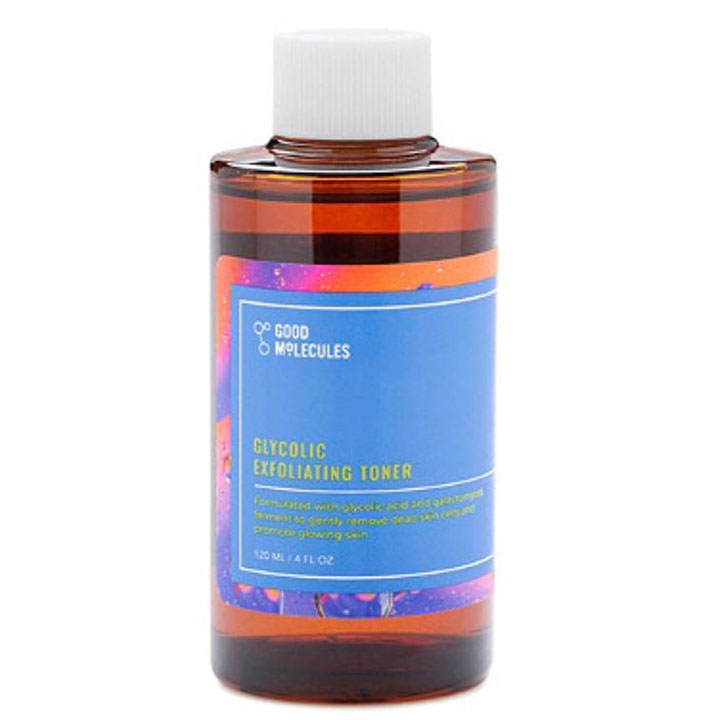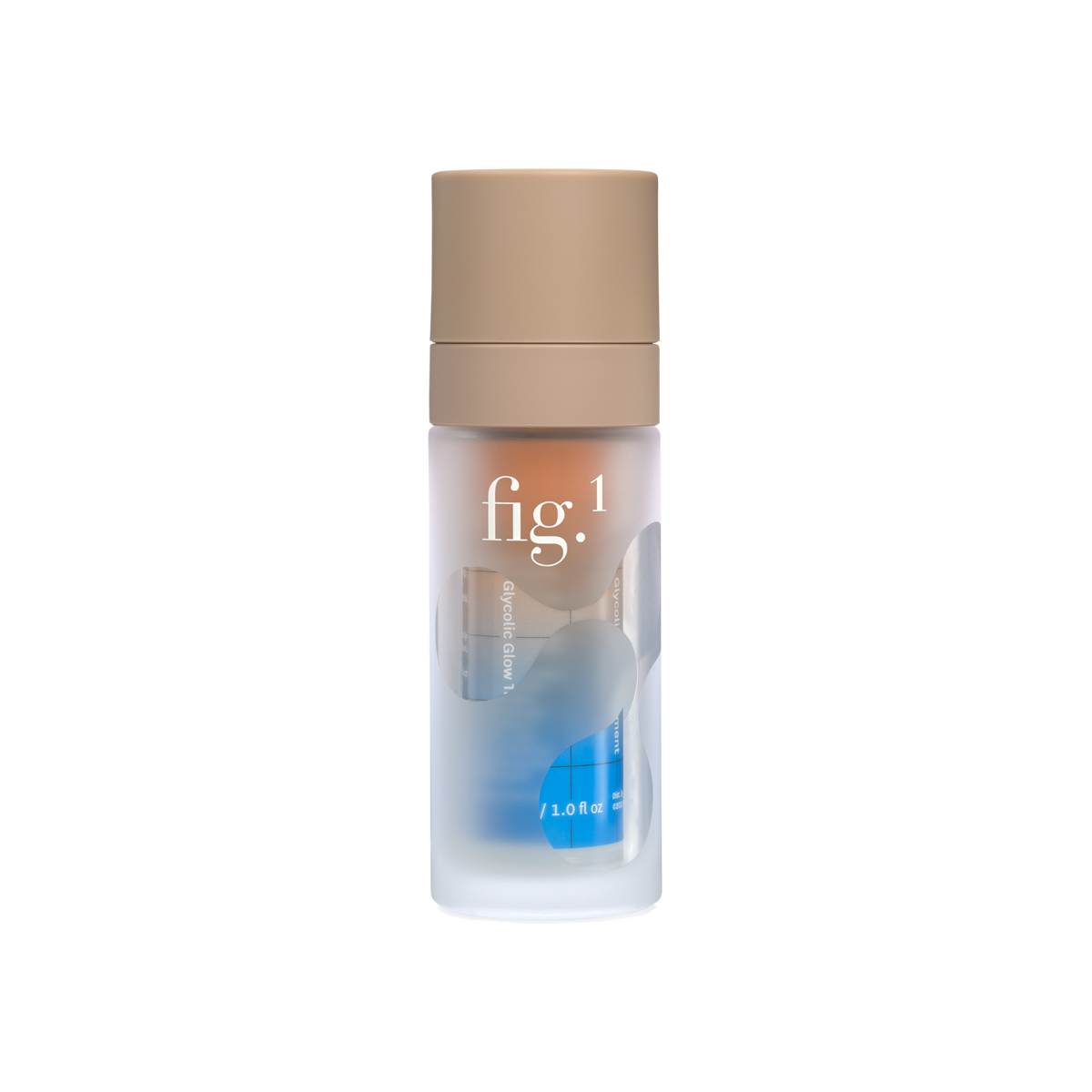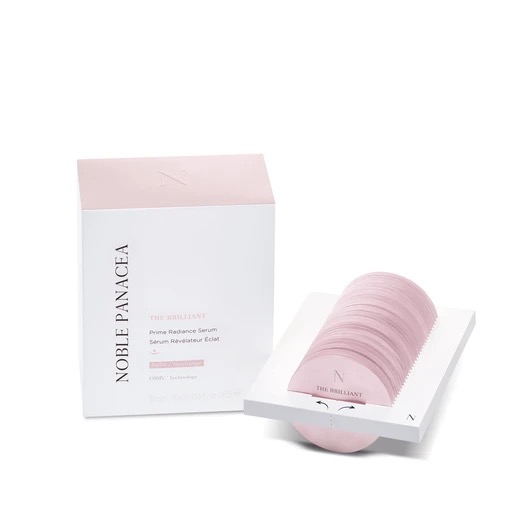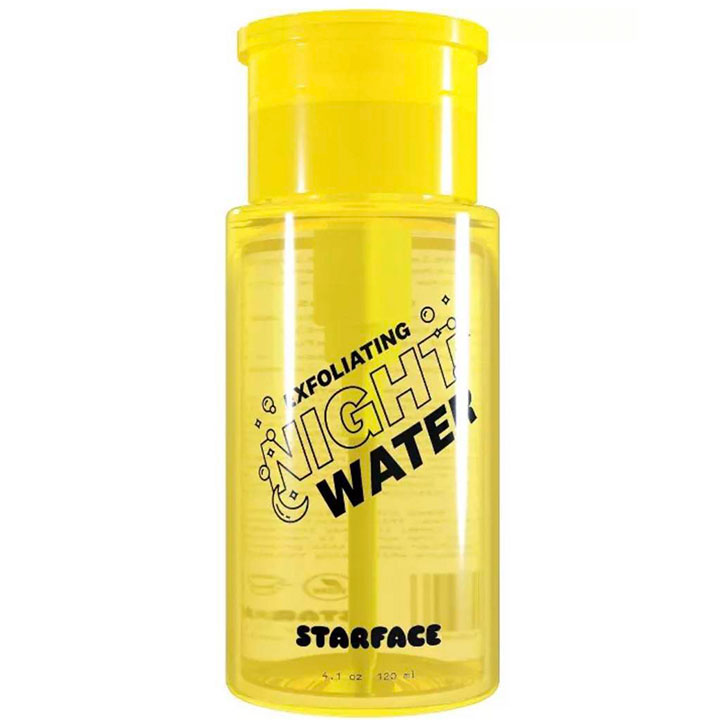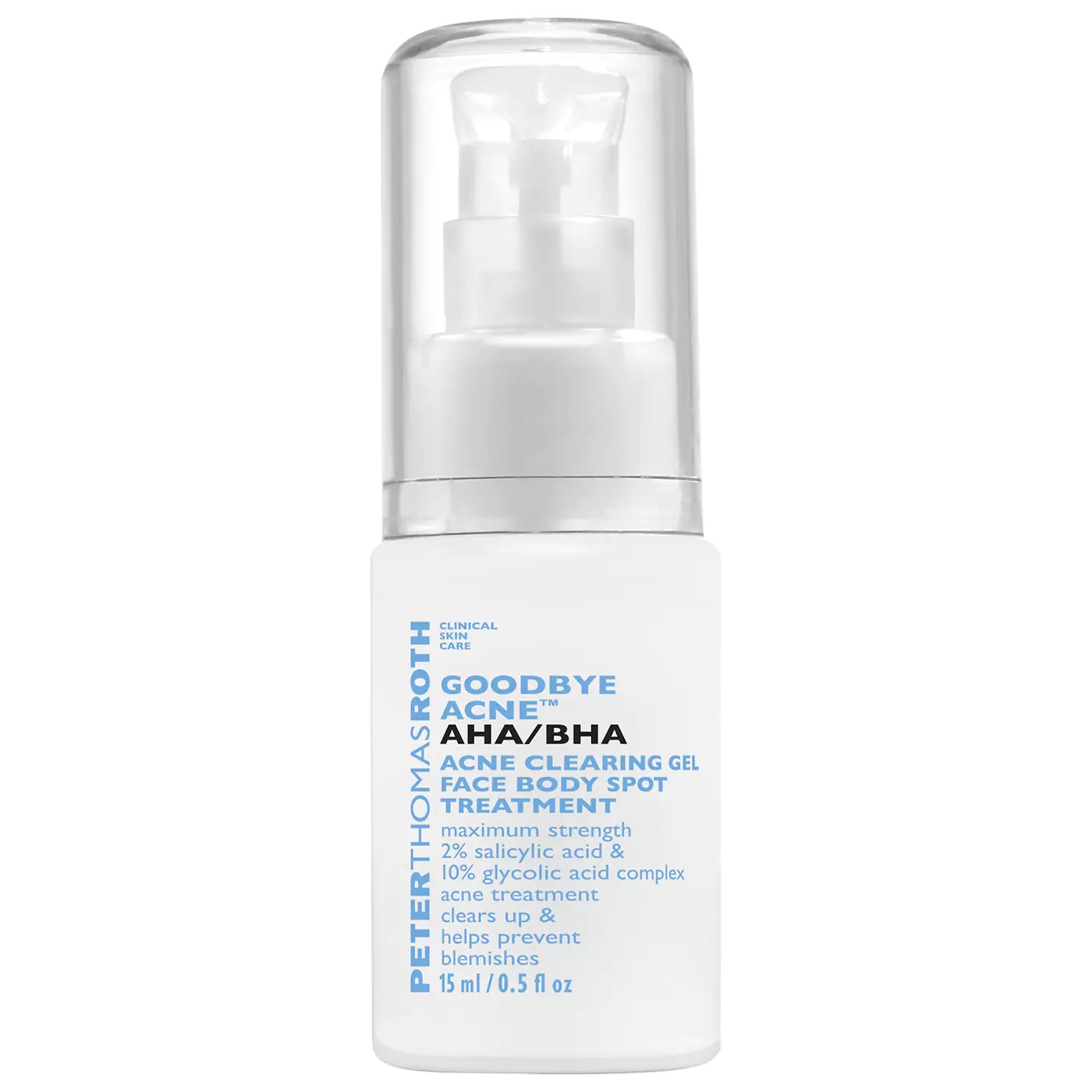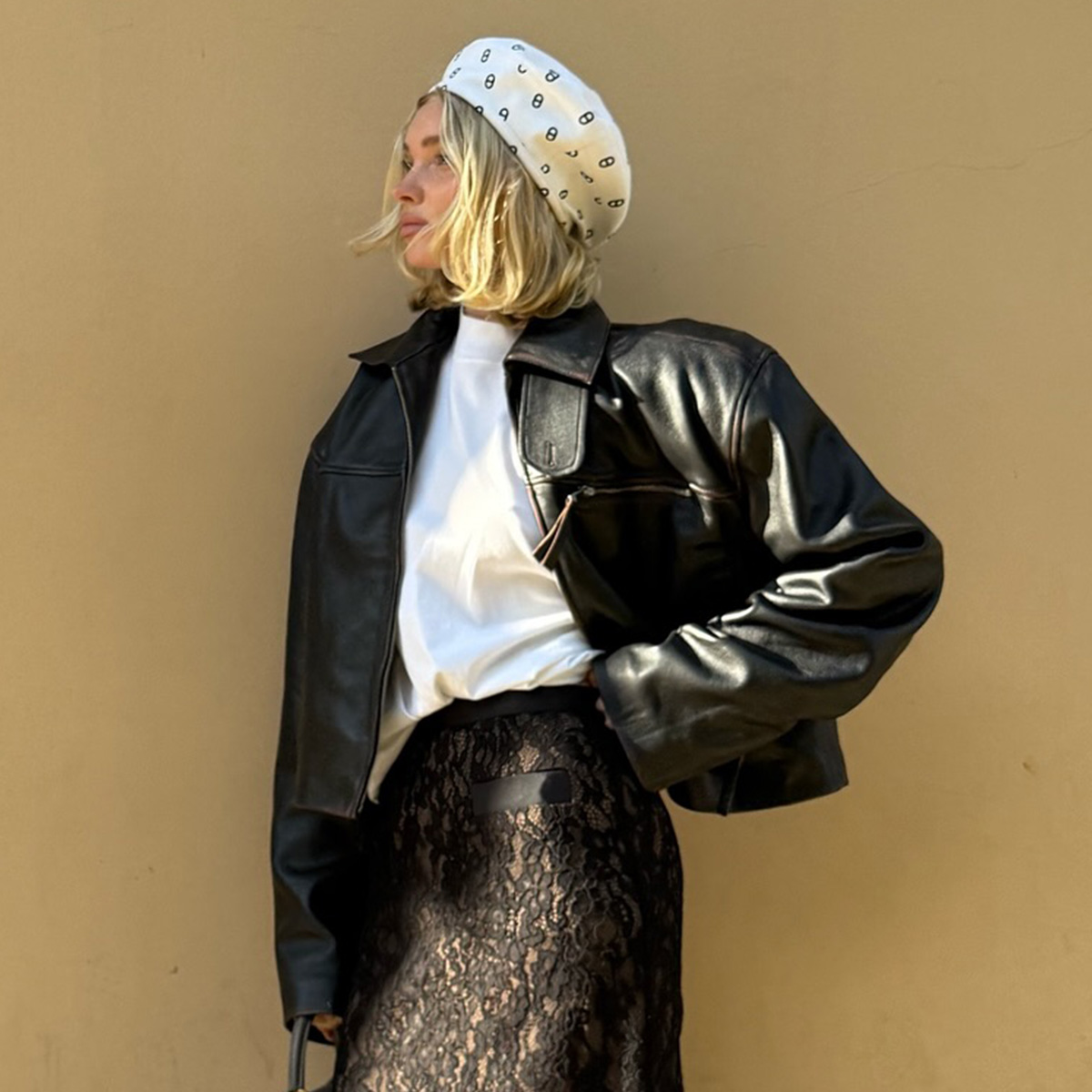Want to Use Glycolic Acid in Your Skincare Lineup? Read This First
- REVIEWS
- Oct 7, 2021
Want to Use Glycolic Acid in Your Skincare Lineup? Read This First
Table of Contents
- What Is Glycolic Acid?
- How Does Glycolic Acid Work?
- How to Use Glycolic Acid in Your Routine
- Shop Products With Glycolic Acid
While chemical exfoliants bearing the "acid” moniker may seem intimidating, these glow-boosting formulas are nothing to fear—especially when it comes to ingredients like glycolic acid. You may have had exposure to the multitasking acid by way of acne-fighting formulas, and while it’s a star at battling breakouts, glycolic acid can also help in terms of hyperpigmentation, fine lines, and general exfoliation.
To give us the full rundown on how glycolic acid works on your skin, we spoke with dermatologist Anthony Rossi, Nobile Panacea Facial Advisor Gina Mari, and Eve Lom International Trainer Erica MacCallum. So is this ingredient really worth the hype?
Keep reading to find out if glycolic acid is right for you and how to incorporate it into your skincare routine.
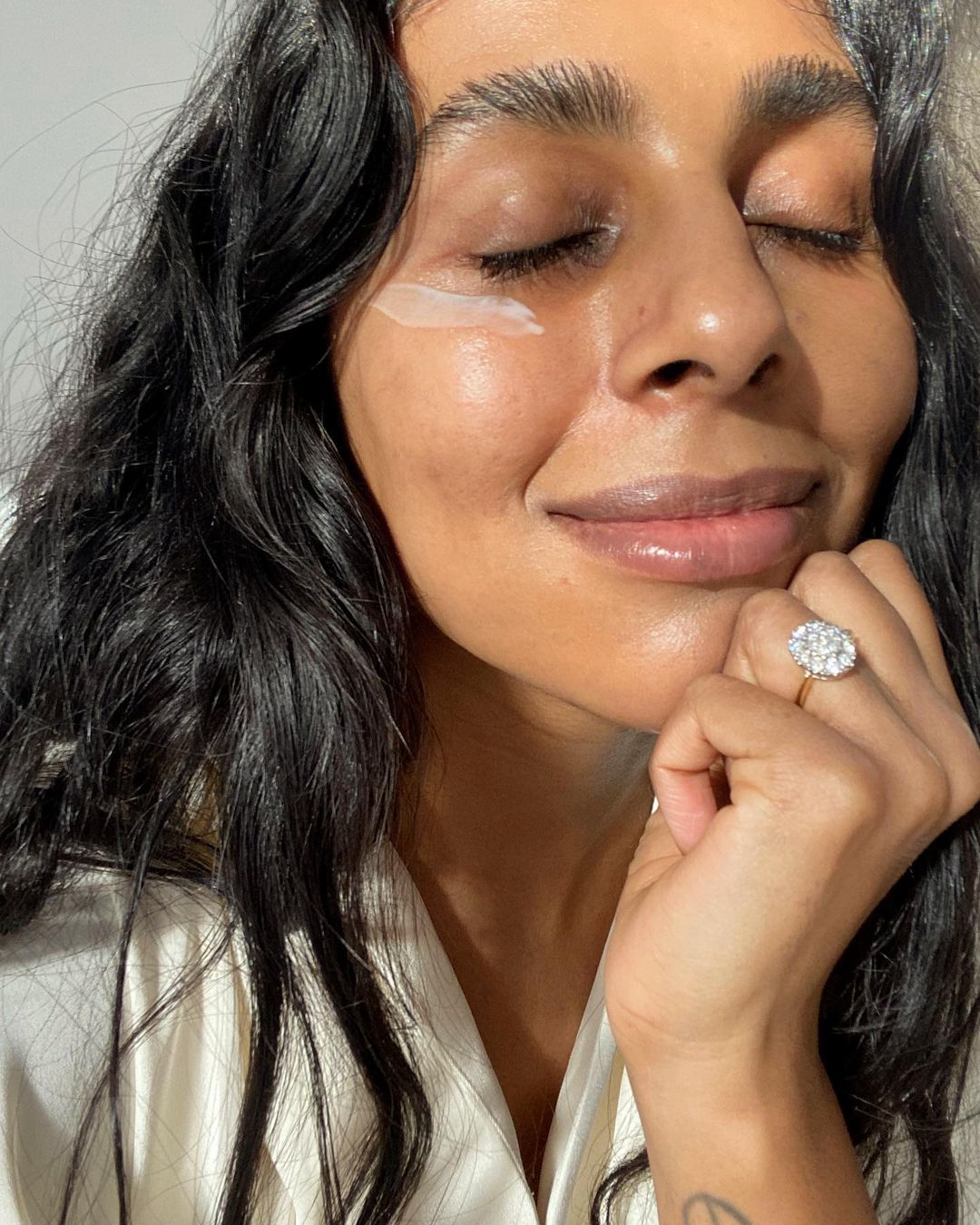
PHOTO: @monikh
What Is Glycolic Acid?
"Glycolic acid is an Alpha Hydroxy Acid sourced from natural sugars, and has the smallest particle size out of all the AHAs,” MacCallum says. Because of the miniscule particle size and its low molecular weight, glycolic acid produces dramatic results, making it a popular ingredient for both in-office peels and skincare formulas for at-home use alike.
How Does Glycolic Acid Work on the Skin?
According to Rossi, glycolic acid helps to slough away dead skin cells that sit at the superficial layer (or stratum corneum) while also working at a deeper layer to help reduce the appearance of acne, scars, hyperpigmentation, uneven texture, and even wrinkles. Another key point: Gentle exfoliation with glycolic acid is beneficial for any products you layer on afterward. "Due to its exfoliating properties, anything you apply immediately after will have a deeper product penetration, therefore being more effective,” Mari adds.
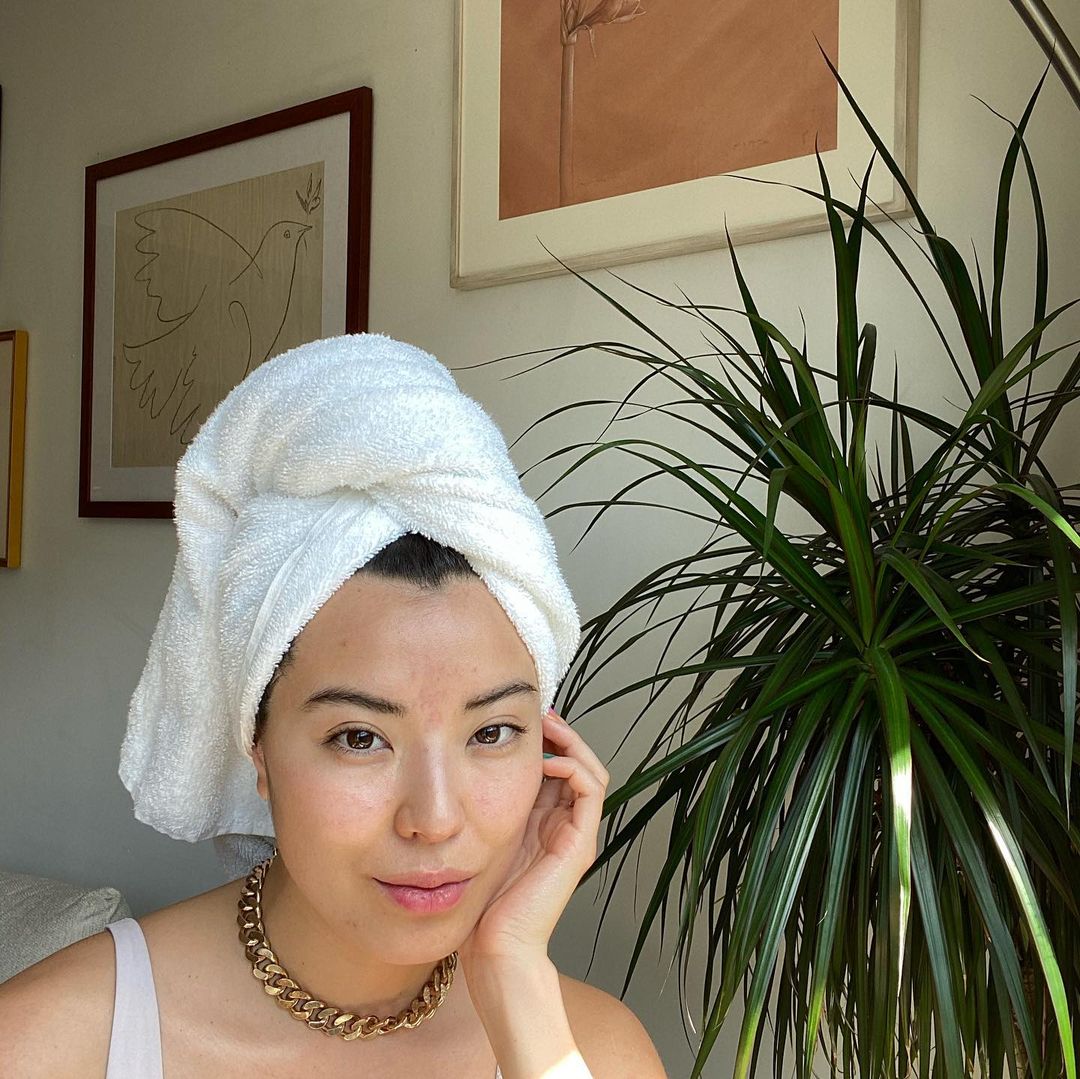
PHOTO:@mexicanbutjapanese
Which Skin Types Work Best With Glycolic Acid?
"Glycolic acid can be used on most skin types, but is most beneficial to anyone with a buildup of dead skin cells,” MacCallum says. "Anyone looking to resurface and brighten their complexion will benefit from regular use.” Glycolic acid works well on breakout-prone skin, thanks to its ability to clear congested pores and fade any potential hyperpigmentation that follows, as well as skin with fine lines or wrinkles. "AHAs like glycolic acid can improve wrinkled skin by increasing the synthesis of glycosaminoglycans—or long chains of sugar molecules that support structural proteins like collagen and elastin—in the skin,” Rossi adds.

PHOTO: @aishabeau
How Often Should Glycolic Acid Be Used in Your Skincare Routine?
While usage instructions may vary from formula to formula (serums, peel pads, and toners, oh my!), Rossi recommends limiting the heavy-duty exfoliants like treatments or glycolic-infused scrubs to once a week. Products like toners or peel pads contain a lower concentration of the ingredient, so as long as no further sensitization occurs, you can use these formulas as often as every evening after cleansing. "Making sure you moisturize after using glycolic acid is helpful because once you break those bonds of the skin cells, you want to make sure you hydrate the epidermis,” he adds. One rule of thumb: Start with a lower percentage of glycolic acid before seeing if your skin can tolerate that before using more potent formulas, and pay special attention to the pH level. "For glycolic acid, it’s best to know the free acid content, which is dependent on the pH,” says Rossi. "The lower the pH, the more free acid there is, and thus, the formula may be more active. However, too low of pH and too high of free acid in the solution may cause issues.”
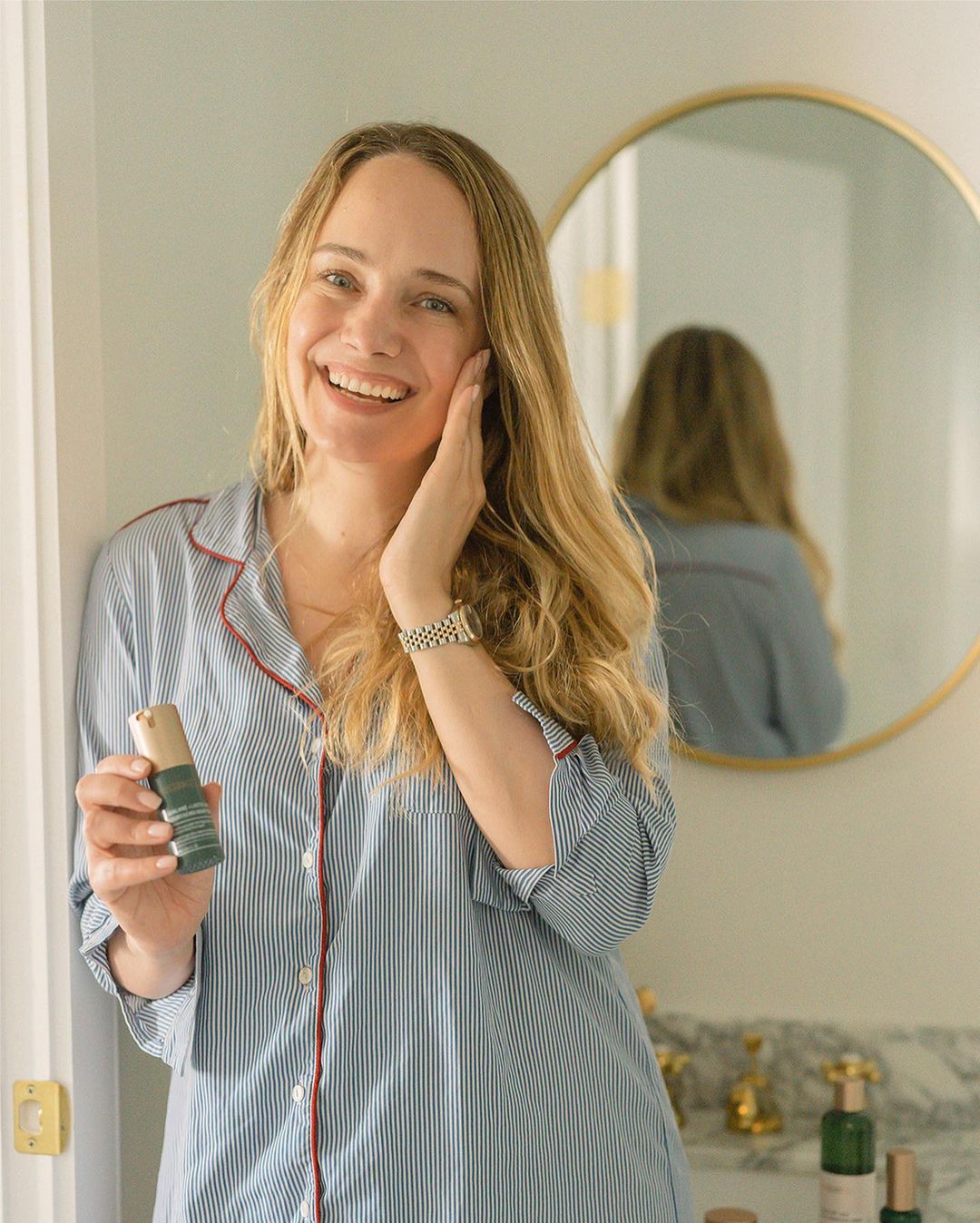
PHOTO: @graceatwood
Which Ingredients Should Not Be Paired With Glycolic Acid?
Glycolic acid is an effective exfoliant on its own, so Rossi suggests scaling back the use of other chemical or physical exfoliants when you decide to incorporate glycolic-based formulas in your routine. "You may want to cut back on the retinol, topical vitamin C, or other acids you use, as they all may be too irritating together,” he says. "Other chemical irritants may exacerbate the peeling effect of glycolic acid.”
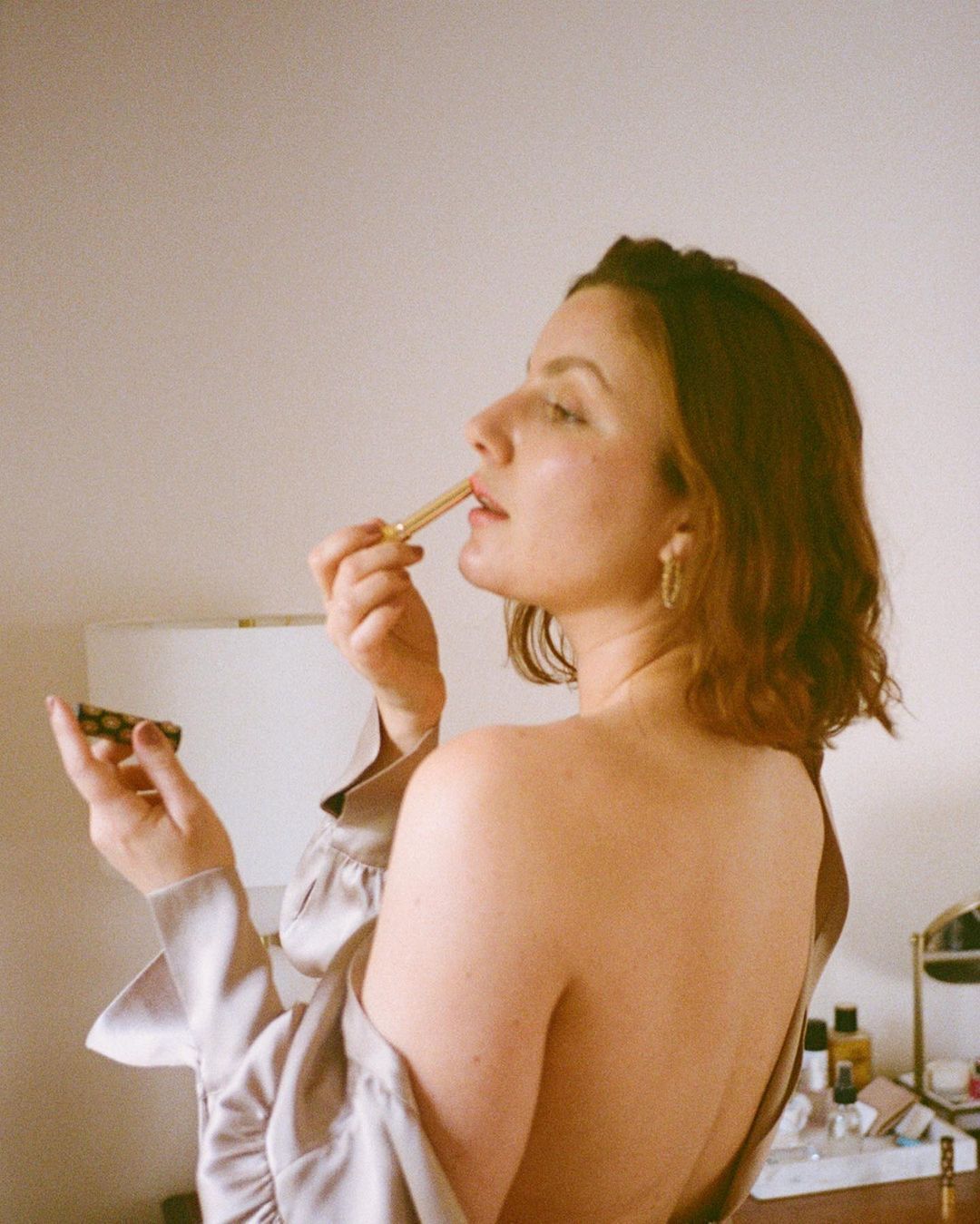
PHOTO: @emmahoareau
Are There Any Skin Types That Should Avoid Glycolic Acid?
"Sensitive skin types—especially those suffering from conditions like rosea or couperosis—are generally not good candidates for glycolic,” says Mari. "Gentler AHAs, such as malic and lactic acids, however, can be a good substitution.” Additionally, areas of broken skin (you know, like the remnants of the pimple we picked at the other night) shouldn’t be exposed to glycolic acid. MacCallum recommends first letting the specific area heal before re-integrating glycolic-based formulas back into your routine.
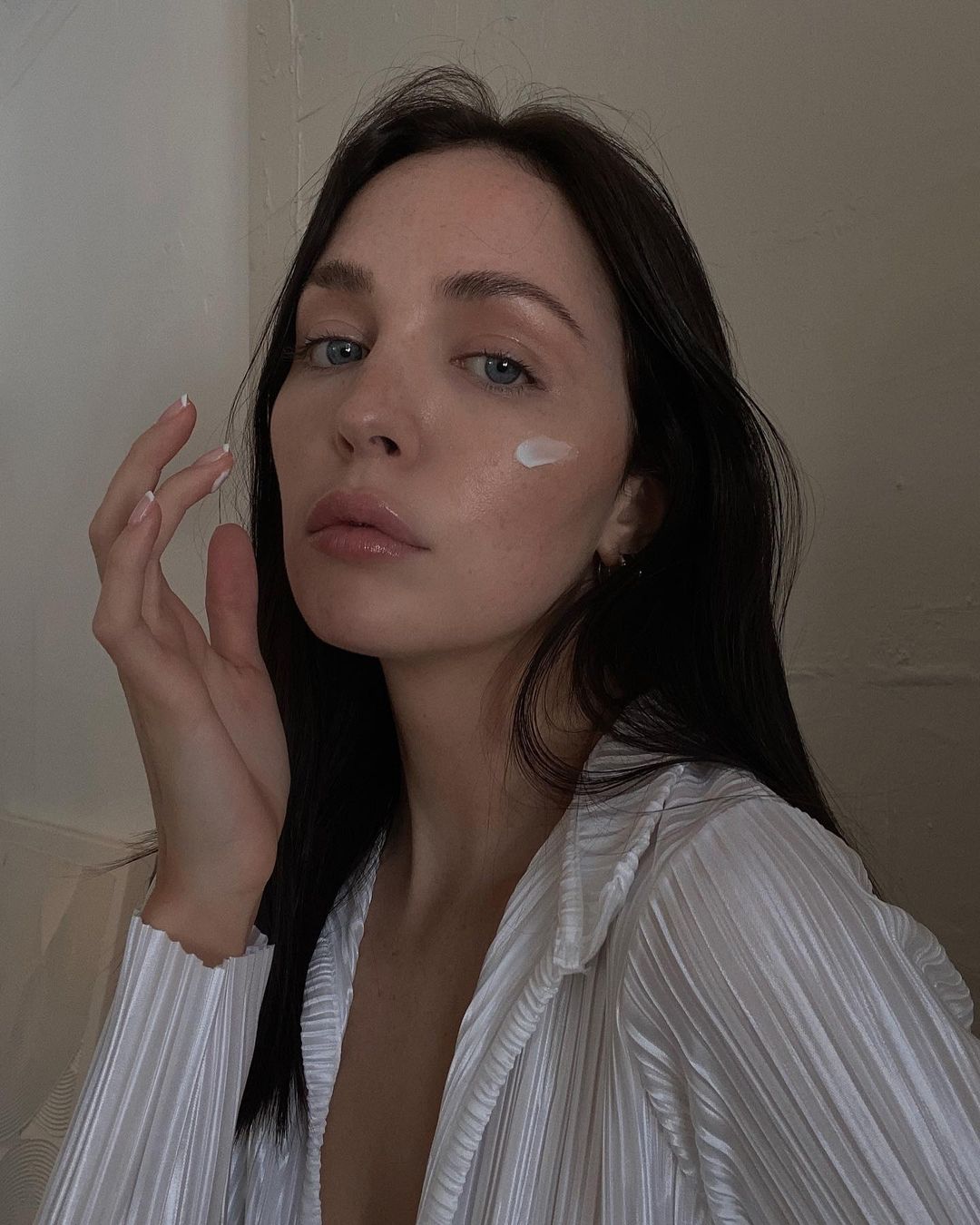
PHOTO: @madisonelainechertow
What Are Some Glycolic Acid–Infused Products I Can Try?
Because glycolic acid is widely used in resurfacing, acne-targeting, and anti-aging formulas among many others, there are a variety of ways you can incorporate the ingredient into your routine depending on the issue you are treating.
Here are a few of our favorite formulas…
This potent toner creates a smoother, brighter complexion while hyaluronic acid and aloe work in tandem to provide intense hydration.
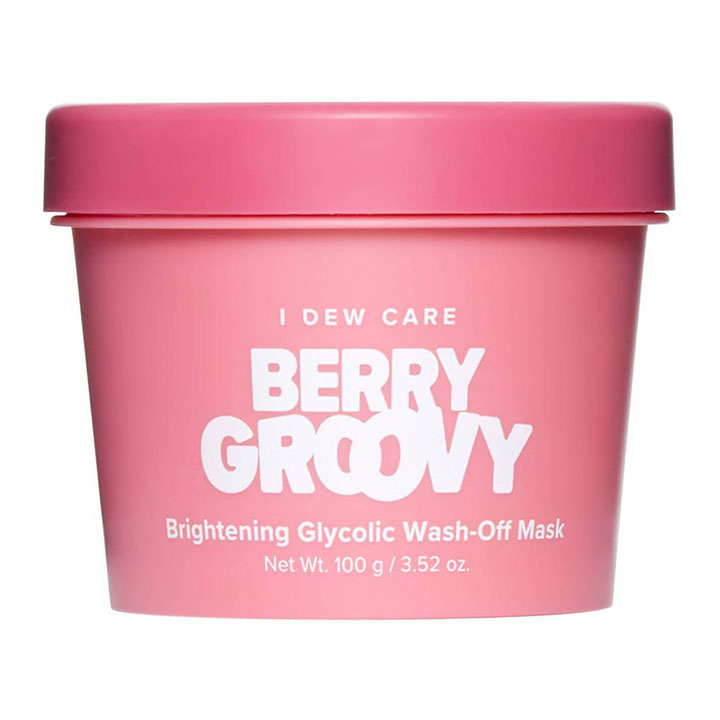
Don’t underestimate its pretty pink exterior. This glycolic and antioxidant–packed mask works hard to impart a healthy glow in 10 minutes flat, while berry seeds provide gentle physical exfoliation.
Don’t underestimate its pretty pink exterior. This glycolic and antioxidant-packed mask works hard to impart a healthy glow in 10 minutes flat, while berry seeds provide gentle physical exfoliation.
Consider this acid and squalane blend like the Wonder Twins for glowy, hydrated skin. Packed with 4% glycolic acid, this effective formula sloughs away dead skin sitting on the surface to reveal a more radiant complexion but is gentle enough to use on even the most sensitive skin types.
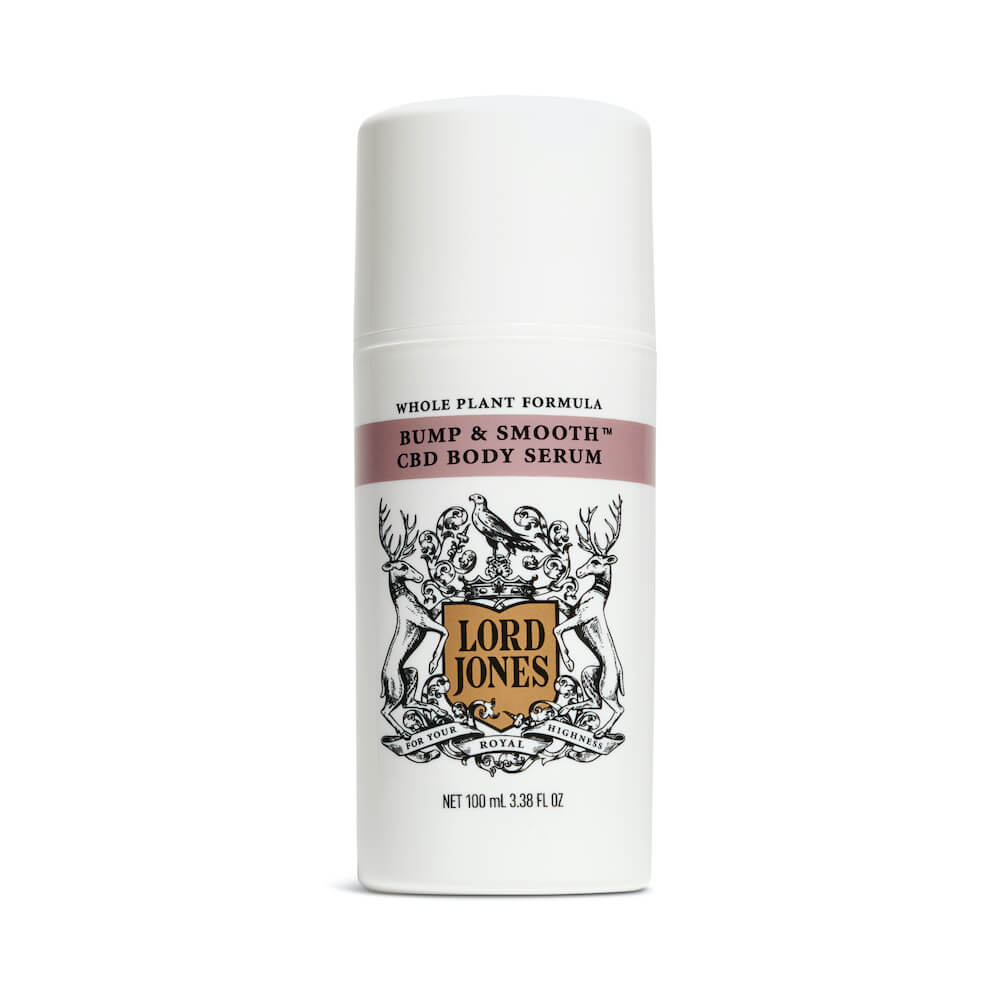
Who says the skin on your face should get all the benefits that glycolic acid has to offer? This resurfacing serum uses a blend of glycolic acid, CBD, and squalane to gently smooth over any rough areas on the body, while flooding your skin with nourishing hydration, and repairing its barrier.
Who says the skin on your face should get all the benefits that glycolic acid has to offer?
This resurfacing serum uses a blend of glycolic acid, CBD, and squalane to gently smooth over any rough areas on the body, while flooding your skin with nourishing hydration, and repairing its barrier.
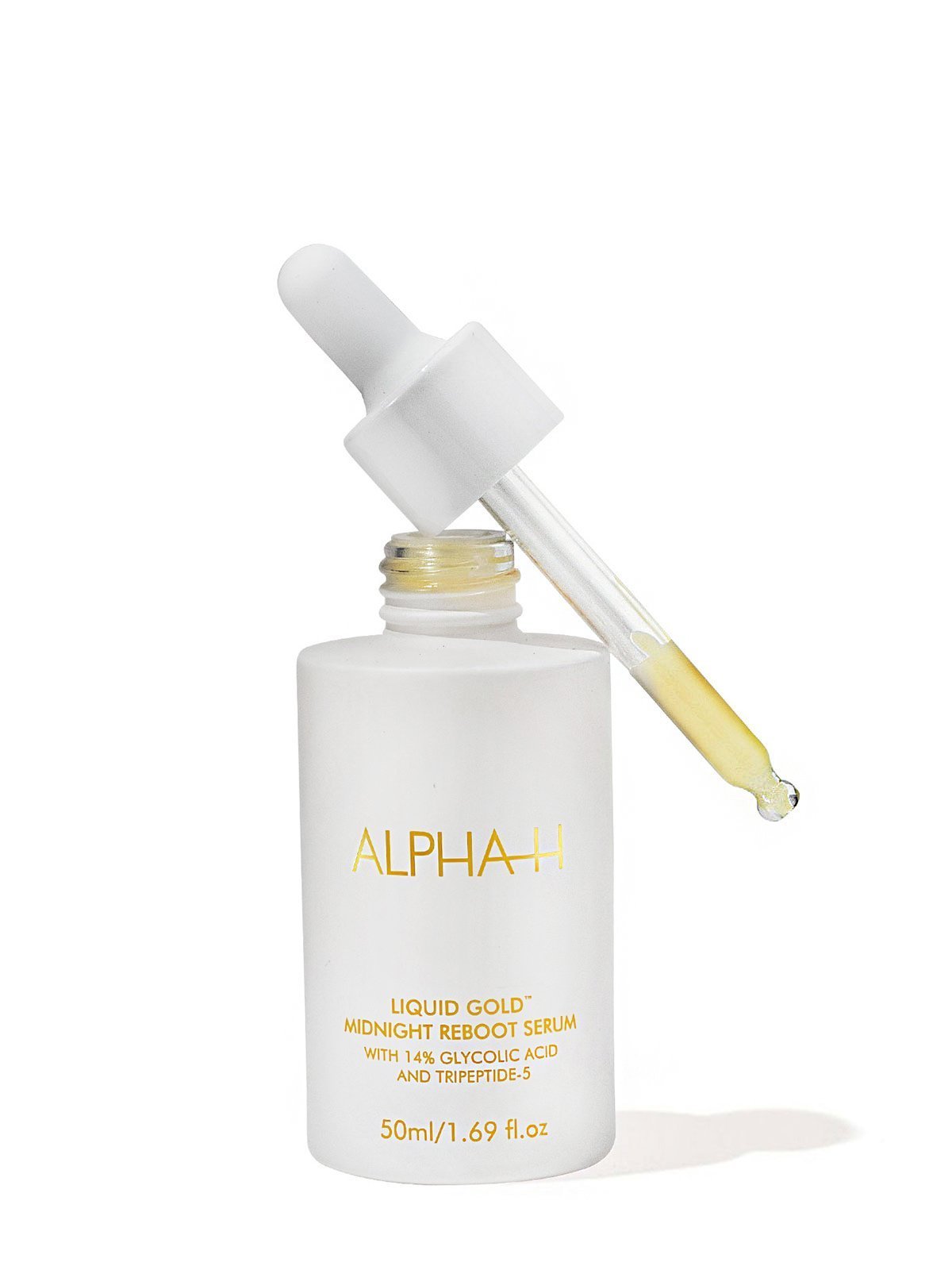
Never have we ever read a more accurate description of a formula than Liquid Gold. This hardworking serum truly lives up to its name, harnessing the exfoliating powers of glycolic acid, and fusing them with granactive retinoid.As the potent blend works to smooth over the surface of the skin, peptides work under the surface to kick your collagen production into hyperspeed, reducing the appearance of fine lines and wrinkles.
Never have we ever read a more accurate description of a formula than Liquid Gold. This hard-working serum truly lives up to its name, harnessing the exfoliating powers of glycolic acid, and fusing them with granactive retinoid.
As the potent blend works to smooth over the surface of the skin, peptides work under the surface to kick your collagen production into hyper-speed, reducing the appearance of fine lines and wrinkles.
This blend of glycolic acid and bakuchiol gets an extra boost, courtesy of the brand’s patented molecular technology, which drives the resurfacing, collagen-boosting powers of each respective ingredient deeper into the skin.
With niacinamide supporting this potent acid blend, Starface’s clarifying formula works overtime to curb breakouts, unclog pores, and smooth over texture while fading any potential post-acne marks.
This 10% glycolic acid formulation is paired with a side of salicylic acid to kick excess oil and clogged pores to the curb.
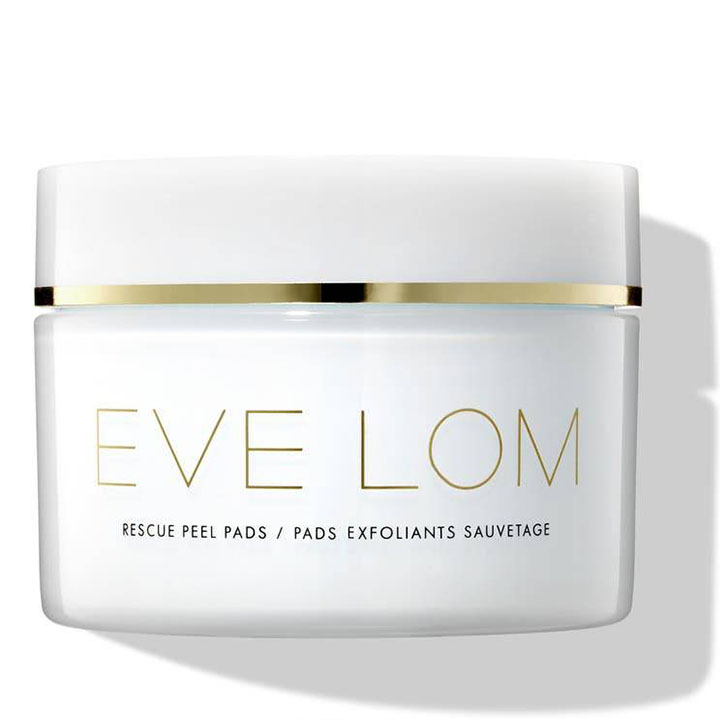
Packed with glycolic acid and a mix of PHAs and BHAs (aka glycolic’s less intense younger sisters), these biodegradable cotton pads can be used every night following your favorite cleanser to promote a super-glowy, super-hydrated finish in a single sweep.
Packed with glycolic acid and a mix of PHAs and BHAs (a.k.a., glycolic’s less-intense younger sisters), these biodegradable cotton pads can be used every night following your favorite cleanser to promote a super-glowy, super-hydrated finish in a single sweep.
Next: Dermatologists Love This Stealth Skincare Ingredient for Hyperpigmentation
-
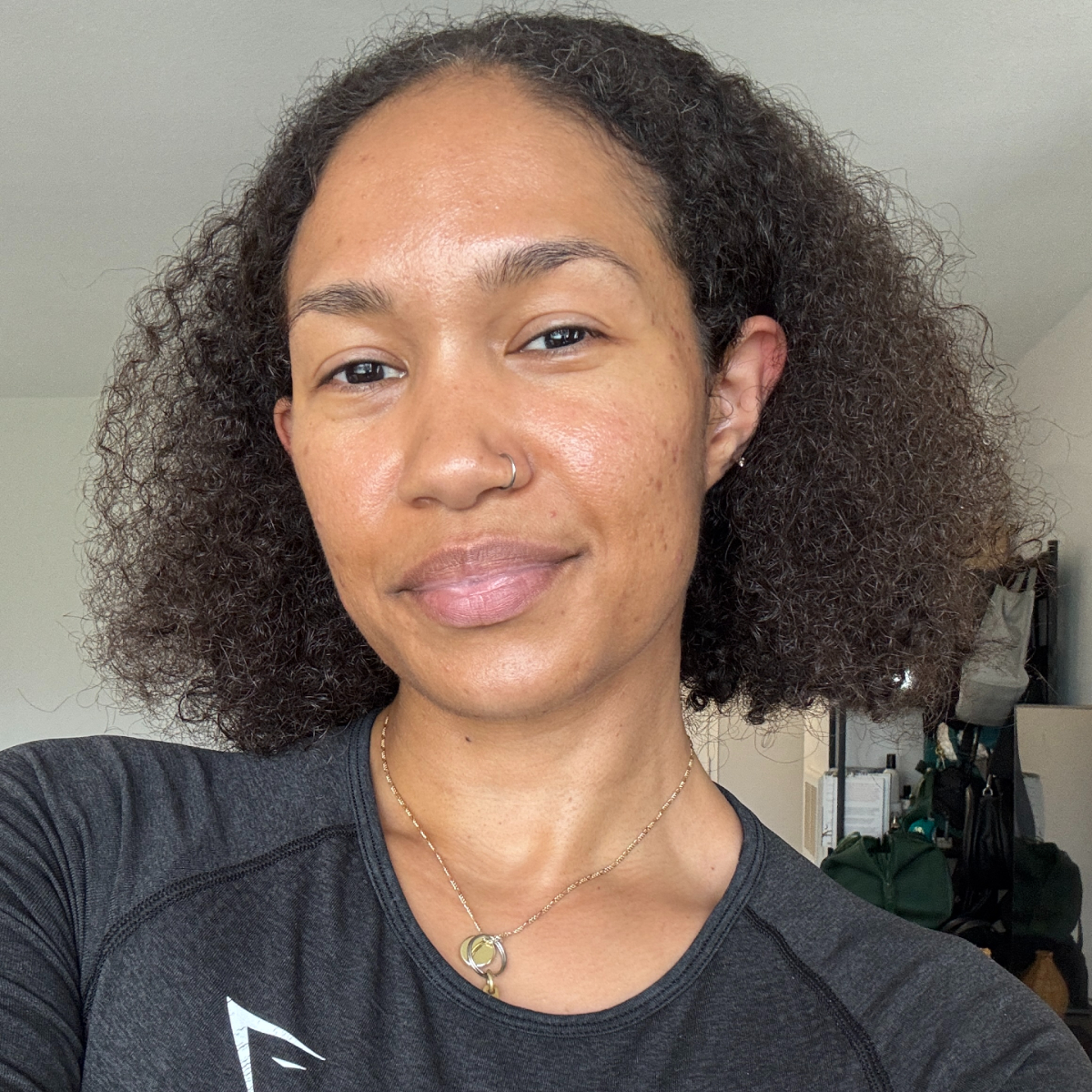 Aestheticians on Instagram Can't Stop Raving About This Acne-Clearing Serum, so I Tried It
Aestheticians on Instagram Can't Stop Raving About This Acne-Clearing Serum, so I Tried ItIt's perfect for sensitive skin.
By Shawna Hudson
-
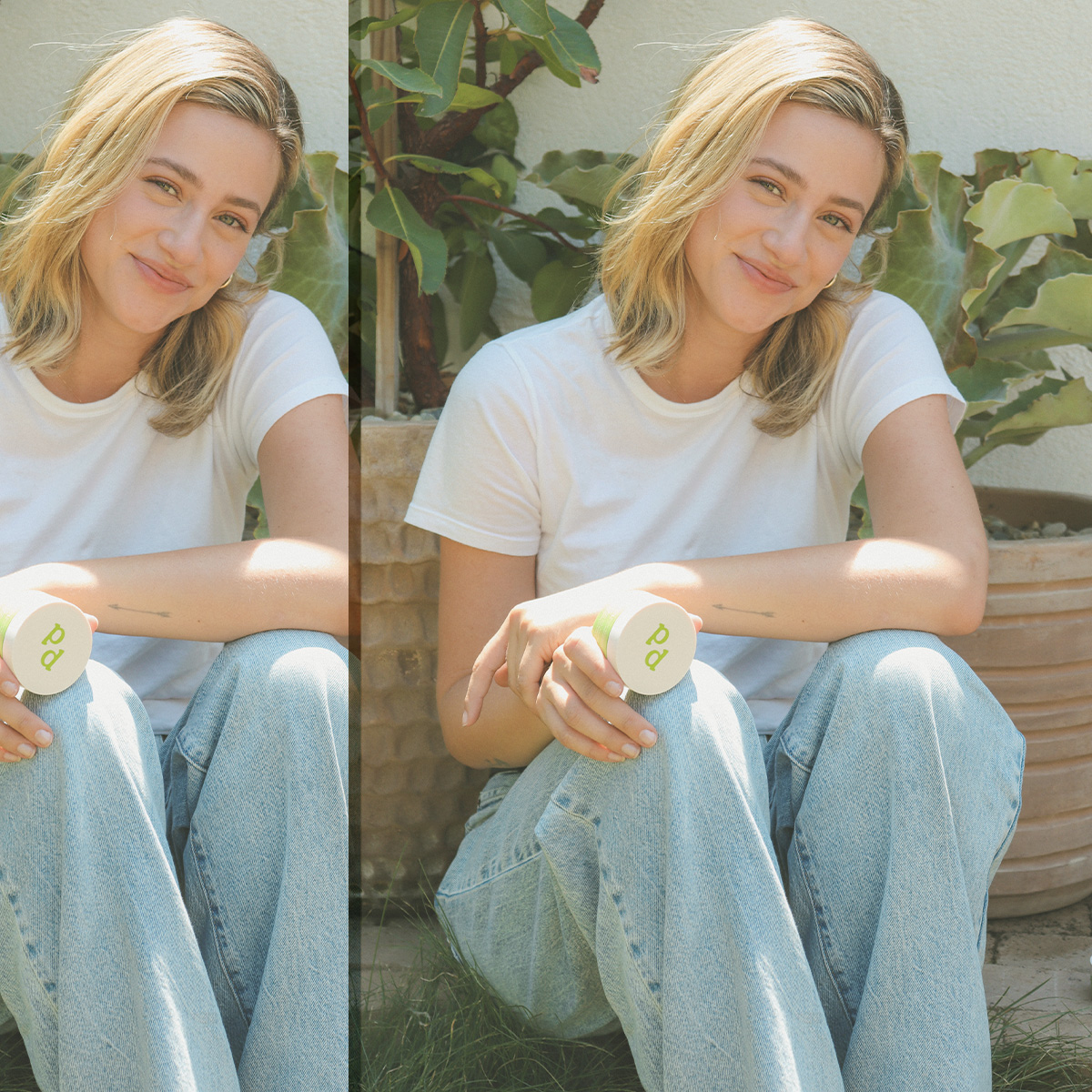 Lili Reinhart Knows You're Sick of Celeb Beauty Brands—Here's Why She Wants You to Trust Hers
Lili Reinhart Knows You're Sick of Celeb Beauty Brands—Here's Why She Wants You to Trust HersEspecially if you have acne.
By Kaitlyn McLintock
-
 Derms Say Tretinoin Can Do More Harm Than Good If You Don't Know These 4 Things
Derms Say Tretinoin Can Do More Harm Than Good If You Don't Know These 4 ThingsRead this before you use it.
By Kaitlyn McLintock
-
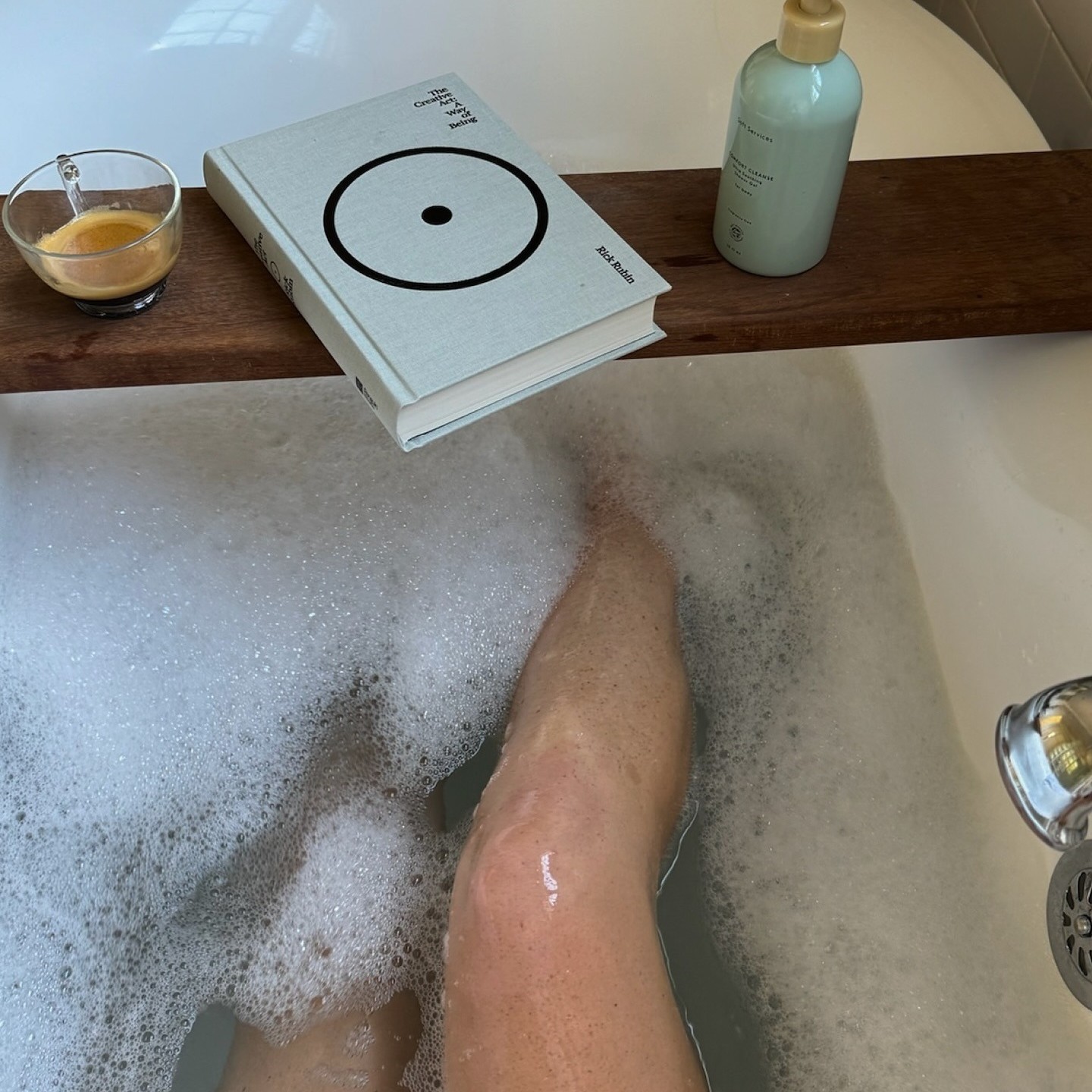 Soft Services' New Buffing Bar Smells Like Every Editor's Favorite Fig Perfume
Soft Services' New Buffing Bar Smells Like Every Editor's Favorite Fig PerfumeSo dreamy.
By Jamie Schneider
-
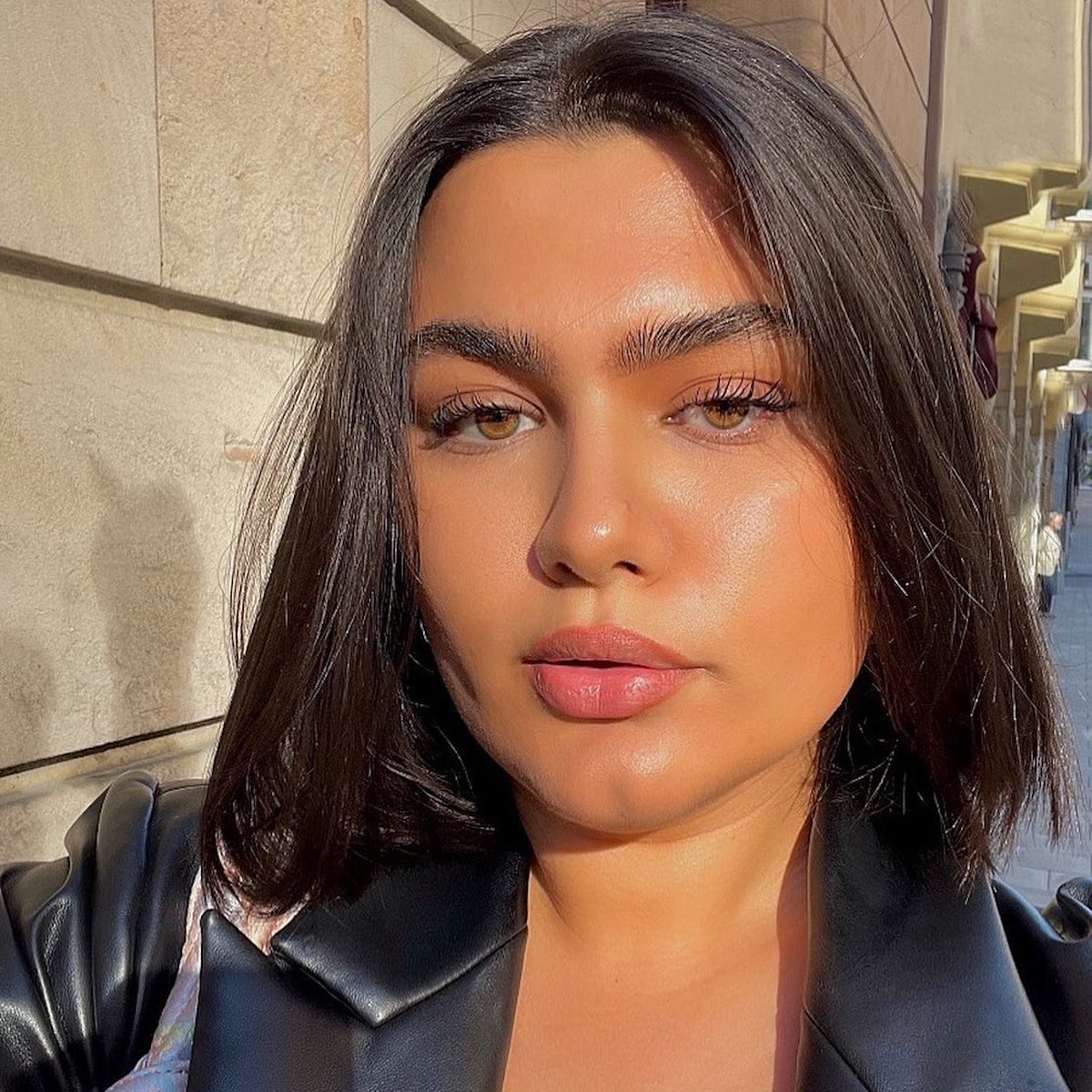 Derms Love This Do-It-All Ingredient to Minimize Redness, Dark Spots, and Large Pores
Derms Love This Do-It-All Ingredient to Minimize Redness, Dark Spots, and Large PoresIt even targets acne.
By Kaitlyn McLintock
-
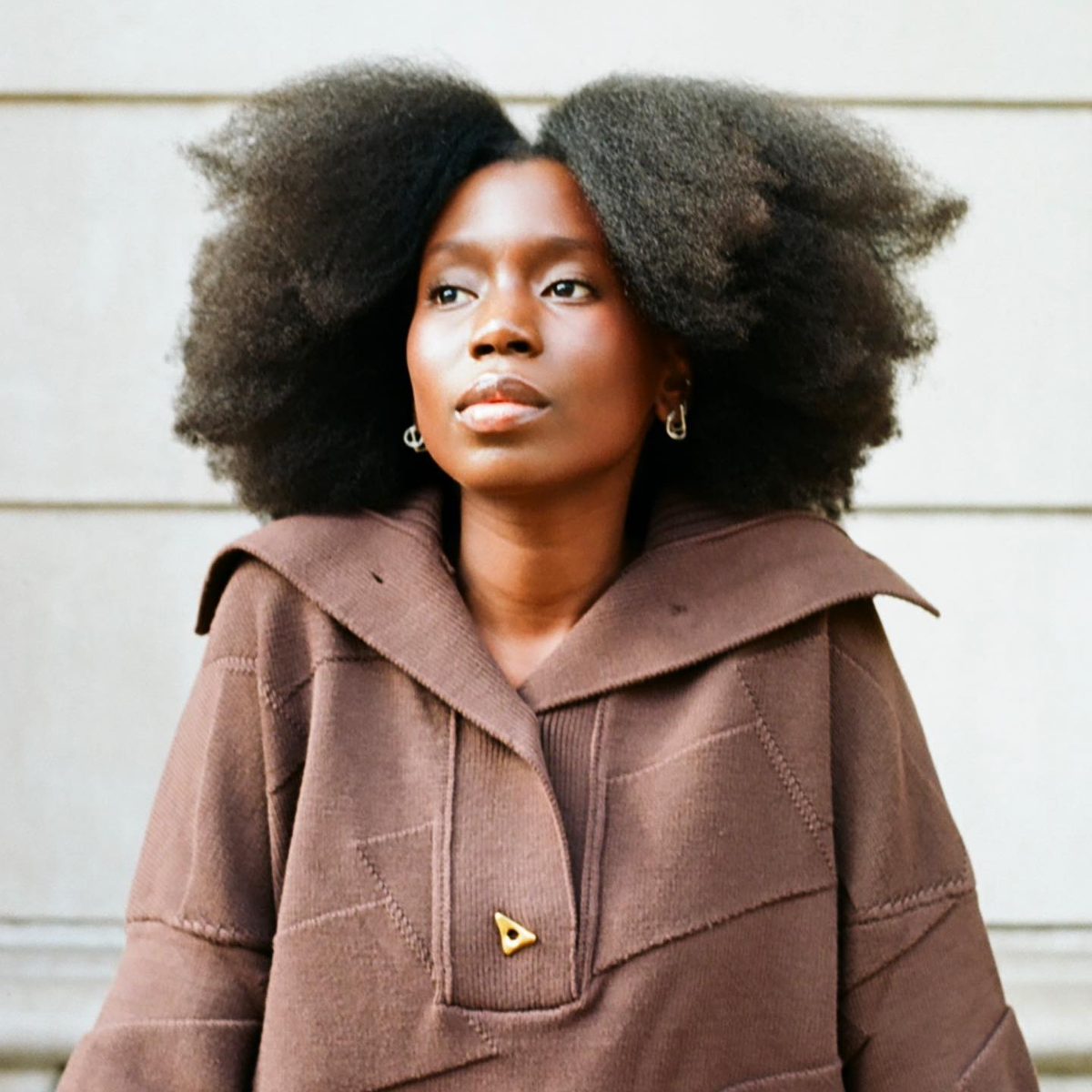 My Aesthetician Just Told Me I've Been Doing These 3 Things Wrong for My Acne
My Aesthetician Just Told Me I've Been Doing These 3 Things Wrong for My AcneMajor face-palm moment.
By Shawna Hudson
-
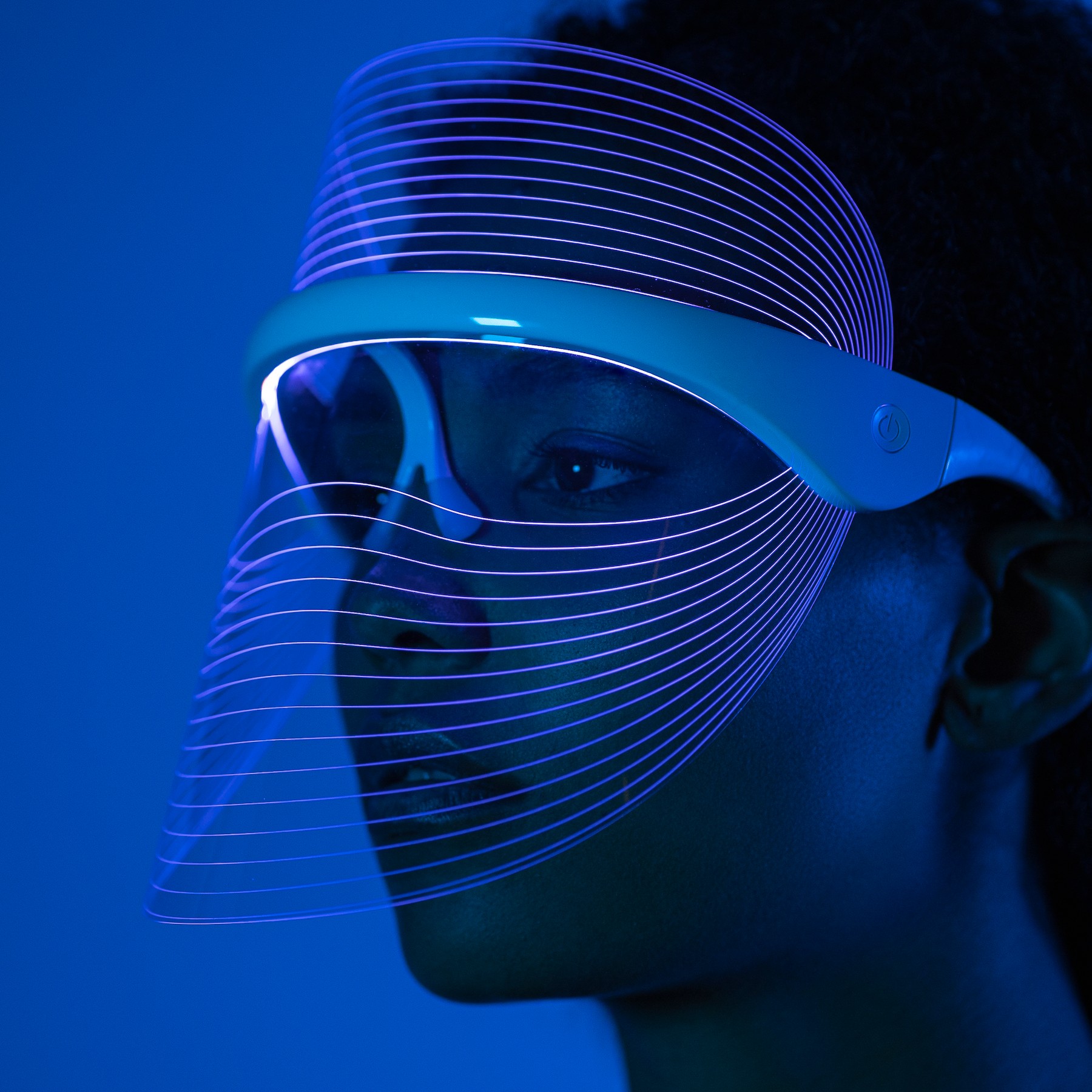 These Light Therapy Devices Are Like At-Home Cortisone Shots for Acne
These Light Therapy Devices Are Like At-Home Cortisone Shots for AcneSign me up.
By Katie Berohn
-
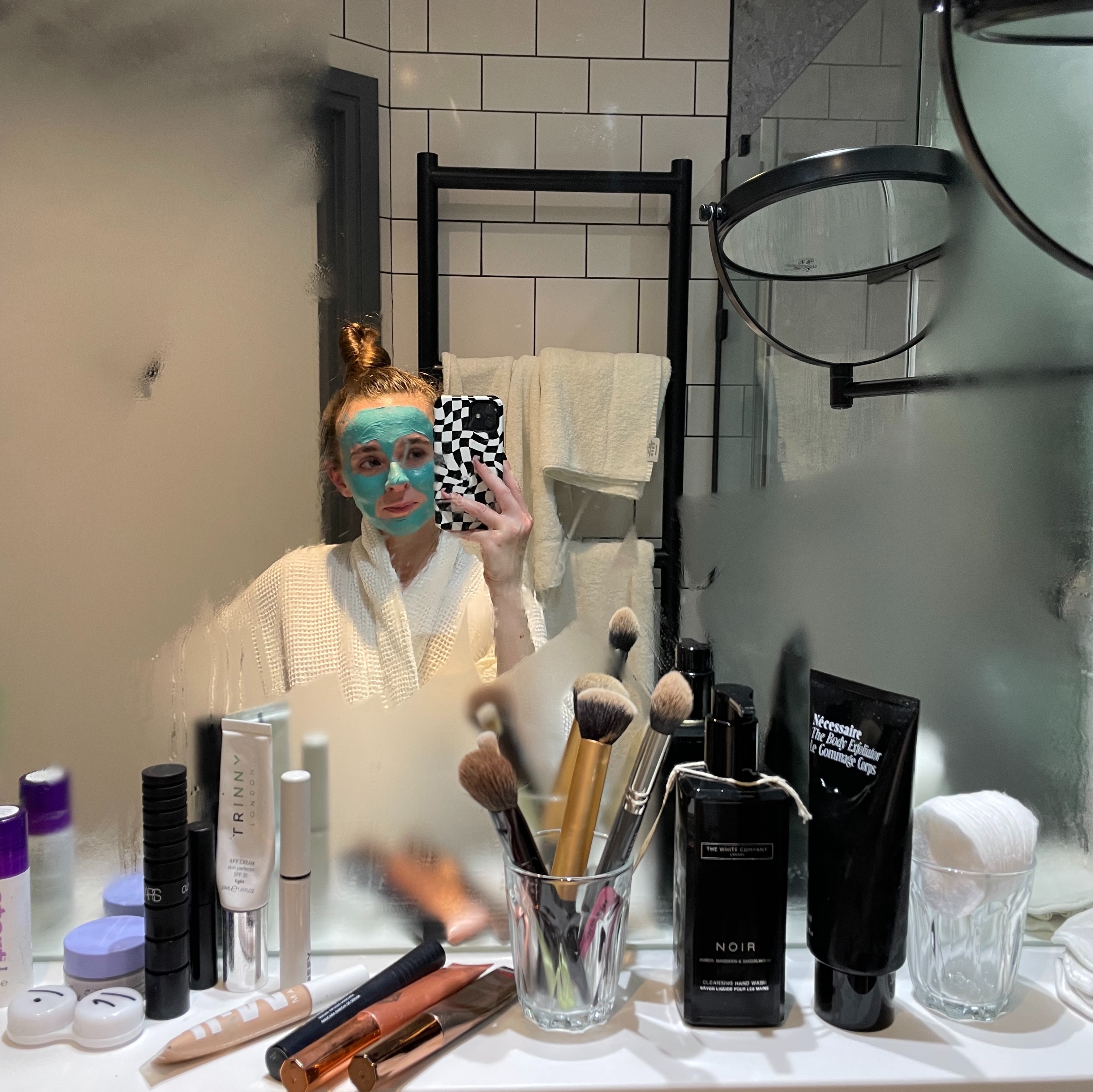 I'm an Esthetician and These Are My Most-Recommended Skincare Products
I'm an Esthetician and These Are My Most-Recommended Skincare ProductsYour skincare shopping list.
By Grace Day
